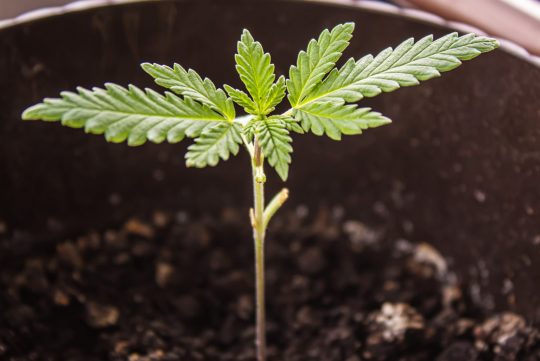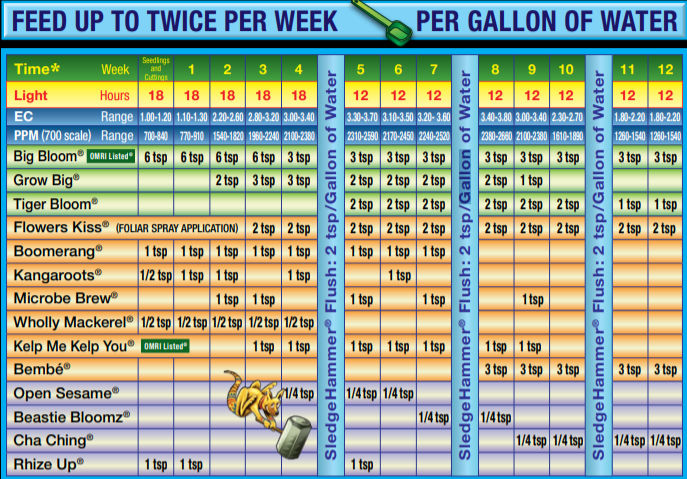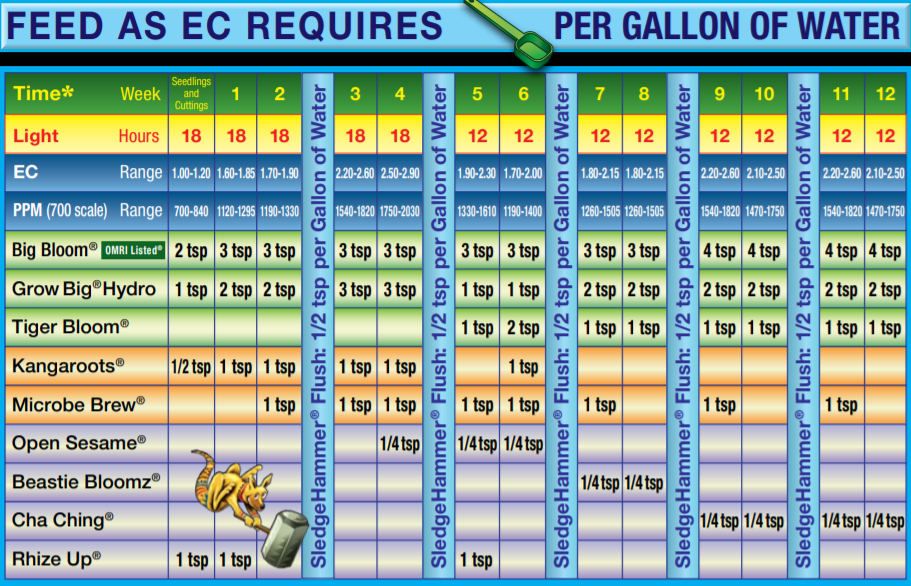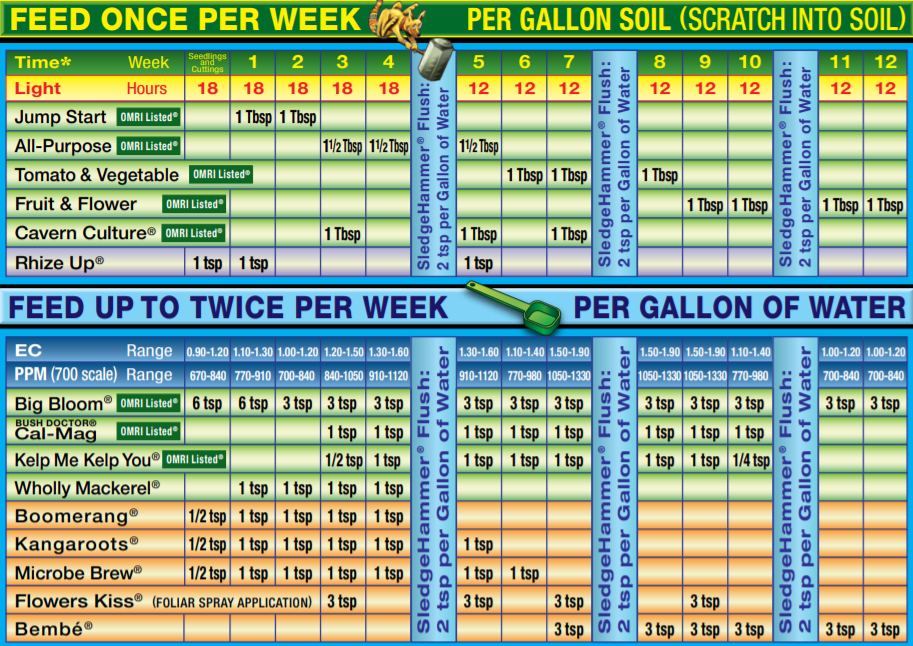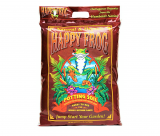Fox Farm Soil Feeding Schedule
Producing a cannabis garden is all about striking a balance to enable your plants to grow healthy and beyond your expectations. There is no set formula as to what your plant needs to grow, but rather, it depends on the strain, growing conditions, and a variety of other factors.
So let us explore the FoxFarm soil feeding schedule and how it can be used to achieve optimal growth and yield from your cannabis plants.
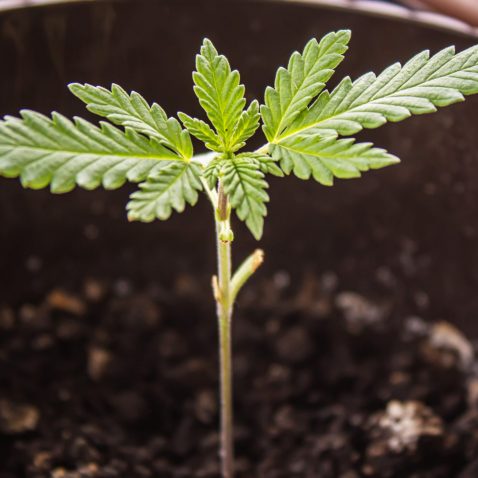
Firstly, it is essential to understand the composition of the FoxFarm soil feeding schedule. The schedule is made up of various high-quality liquid and granular fertilizers, each designed to target specific aspects of plant growth and development. These fertilizers cover everything from root growth to fruit and flower development and work in harmony with one another to create a recipe for success.
When using the FoxFarm soil feeding schedule, it is important to use it in conjunction with liquid plant foods and within a specific feeding schedule. The feeding schedule is designed to optimize plant growth and is suitable for seedlings, cuttings, and mature plants.
Before we delve into the feeding schedule itself, it is important to understand the importance of maintaining a balanced pH. This means maintaining a pH range of 5.6 to 6.8 at all times, which prevents nutrient lockout and reduces stress on your plants. If the pH is off, your plants will not be able to absorb nutrients correctly, resulting in less than optimal growth and yield.
The FoxFarm feeding schedule is relatively straightforward, but it is essential to follow it precisely to receive the best results. Each week has a specific fertilizer and dose requirement, which is measured in teaspoons, to deliver the right amount of nutrients for optimal growth. It is crucial to mix the fertilizers with water before application and never mix pure concentrations together.
Seedlings and Cuttings
During the seedling and cutting stages, it is essential to provide plants with a good foundation for growth and help support healthy root development. The Happy Frog feeding schedule has five different fertilizer requirements over the first six weeks, with dosage ranging from 1-1.5 teaspoons per gallon of soil. Happy Frog fertilizers include Jump Start, All-Purpose, Tomato & Vegetable, Fruit & Flower, and Cavern Culture.
Vegetative and Flowering Stages
Vegetative and the flowering stages require different fertilizers from seedlings and cuttings. This is due to their different nutrient requirements and needs. During the vegetative stage, plants require higher levels of nitrogen to support healthy foliage growth, while during the flowering stage, plants require higher levels of phosphorus and potassium to support fruit and flower development.
The FoxFarm feeding schedule has a total of twelve weeks, with different fertilizer requirements during the vegetative and flowering stages. During weeks 1-3 of the vegetative stage, the dosage is measured at one teaspoon per gallon of soil for the Happy Frog Jump Start. During weeks 4-6, the dosage increases to 1.5 teaspoons per gallon soil of the All-Purpose fertilizer. Weeks 7-9 require the use of the Tomato & Vegetable fertilizer at a dosage of 1 teaspoon per gallon of soil, while weeks 10-12 require the use of the Fruit & Flower fertilizer at a dosage of 1 teaspoon per gallon of soil.
During the flowering stage, the FoxFarm feeding schedule requires different fertilizers and dosage requirements. Weeks 1-6 require the use of Big Bloom, Tiger Bloom, Kangaroots, and Cha Ching, which are all specifically targeted at fruit and flower development during the flowering stage. They require dosage ranging from 2-4 teaspoons per gallon of water, depending on the week.
Additional Requirements
Apart from the primary fertilizers outlined in the feeding schedule, FoxFarm recommends the use of additional products such as Cal-Mag, Kelp Me Kelp You, Wholly Mackerel, Boomerang, Microbe Brew, and Bembé. These products are designed to enhance plant growth and provide additional nutrients and minerals.
It is important to note that the feeding schedule is a guide and should be used as such. Different strains may require varying levels of nutrients, and plant growth can be impacted by factors such as light, temperature, soil quality, and humidity. As such, it is essential to monitor plant health and make changes to the feeding schedule if required.
Optional Schedule Adjustments
- To Extend Vegetive Cycle ⇒ Week 4 Should be Repeated
- To Extend Flowering Cycle ⇒ Week 12 Should be Repeated
Conversion Table
- 1/4 – Teaspoon = 1.25 mL
- 1/2 – Teaspoon = 2.5 mL
- 1 – Teaspoon = 5 mL = 1/3 Tablespoons
- 2 – Teaspoons = 10 mL = 2/3 Tablespoons
- 3 – Teaspoons = 15 mL = 1 Tablespoons
Fox Farm Hydroponic Feeding Schedule
Hydroponics is a method of growing plants without soil, and it has become increasingly popular in recent years due to its efficiency and ability to maximize yields. One essential part of hydroponic gardening is using the right nutrients and feeding schedule. Let’s delve deeper into Fox Farm’s hydroponic feeding schedule and how to use it to achieve great results.
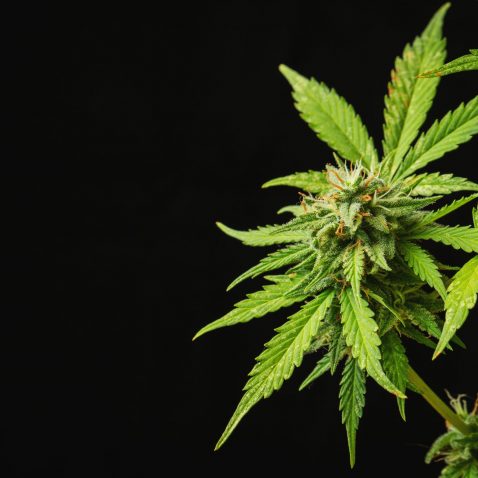
Fox Farm’s hydroponic feeding schedule consists of a mix of products that are designed to provide all of the necessary nutrients for plants in different stages of growth. The feeding schedule includes products such as Big Bloom, Grow Big, Tiger Bloom, Kangaroots, Microbe Brew, Open Sesame, Beastie Bloomz, Cha Ching, and Cal-Mag.
The feeding schedule has been divided into 12 weeks, starting with week 1 for seedlings and cuttings. During week 1, the light hours should be set to 18, and the plants should be given 2 tsp of Big Bloom, 1 tsp of Grow Big Hydro, and a flush of Sledgehammer per gallon of water. The pH level should be between 5.8 to 6.3, and the ambient temperature should be between 65-86°F (18-30°C).
In week 2, the light hours remain at 18, and the plants should be given 3 tsp of Big Bloom, 2 tsp of Grow Big Hydro, and a flush of Sledgehammer per gallon of water. The feeding schedule varies throughout the 12 weeks, with Big Bloom being used in the first half of the growth cycle, followed by Grow Big and Tiger Bloom during the flowering stage.
The feeding schedule provides an EC range and PPM range that growers can use to determine the quantity of nutrients to add to their hydroponic system. The EC range varies from 1.00-1.20 in the first week and goes up to 2.10-2.50 in week 12. The corresponding PPM range varies from 700-840 in the first week to 1470-1750 in week 12.
Feeding Schedule Adjustments
One of the great things about Fox Farm’s hydroponic feeding schedule is that it can be adjusted according to the grower’s needs. If you want to extend the vegetative cycle, you can repeat week 4, and if you want to extend the flowering cycle, you can repeat week 12.
In hot environments, the water levels in the hydroponic system can decrease more quickly due to plant transpiration and evaporation. This can cause higher salt concentrations in the system, leading to unwanted salt buildup. To prevent this, growers should add fresh water to top off the reservoir whenever necessary.
Flushing the hydroponic system with Sledgehammer is also recommended if the plants show signs of stress or color irregularities. This helps to remove unwanted salt buildup and improve the root bio-culture. When flushing the system, growers should use 1/2 tsp of Sledgehammer per gallon of water.
Fox Farm’s hydroponic feeding schedule is a reliable and effective way to ensure that plants receive all the necessary nutrients for optimal growth. By following the schedule and making adjustments where necessary, hydroponic growers can achieve great results and maximize their yields. Keep in mind the recommended pH range and temperature range to ensure the best conditions for the plants.
Optional Schedule Adjustments
- To Extend Vegetive Cycle ⇒ Week 4 Should be Repeated
- To Extend Flowering Cycle ⇒ Week 12 Should be Repeated
Conversion Table
- 1/4 – Teaspoon = 1.25 mL
- 1/2 – Teaspoon = 2.5 mL
- 1 – Teaspoon = 5 mL = 1/3 Tablespoons
- 2 – Teaspoons = 10 mL = 2/3 Tablespoons
- 3 – Teaspoons = 15 mL = 1 Tablespoons
Fox Farm Happy Frog Potting Soil Feeding Schedule
For best results, accompany Happy Frog potting soil with Fox Farm fertilizers when transplanting seedlings into larger containers. A two-gallon size or larger is usually recommended at this stage and you should try to maintain a pH level of between 5.6–6.8, this will reduce stress on plants and negate nutrient lockout.

If using coco coir, make sure to flush every two weeks during the flowering cycle. Coco has a tendency to retain salt residue more than peat-based potting soil and this can impact your plant’s health if left untreated.
If you notice any signs of stress or color irregularities in your plants, such as discoloration on leaves or buds with irregular colors, it is time for a soil flushing!
Optional Schedule Adjustments
- To Extend Vegetive Cycle ⇒ Week 4 Should be Repeated
- To Extend Flowering Cycle ⇒ Week 12 Should be Repeated
Conversion Table
- 1/4 – Teaspoon = 1.25 mL
- 1/2 – Teaspoon = 2.5 mL
- 1 – Teaspoon = 5 mL = 1/3 Tablespoons
- 2 – Teaspoons = 10 mL = 2/3 Tablespoons
- 3 – Teaspoons = 15 mL = 1 Tablespoons
Fox Farm Soils
Most cultivators in the cannabis space have heard of or used Fox Farm products at some point within their grow room. To be honest, the same could be said of your average gardener or hobbyist. Most will have seen or used a Fox Farm product.
Fox Farm are quite prolific with the sheer amount of grow media and nutrients they have on offer. Everything from amendments, nutrients, plant food, soil builders to the many soils they produce.
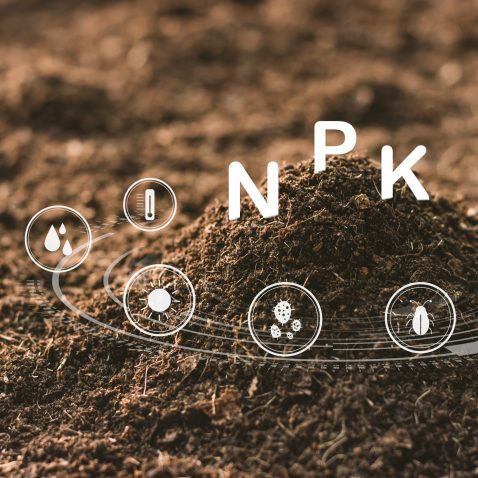
If you’re looking for Fox Farm Soil near you or a garden supply store that sells Fox Farm Soil, you should be able to easily find what you’re looking for, as many local garden stores will stock Fox Farm Soils at reasonable prices.
For the soils you can’t find in-store many Fox Farm Soils can be found online from most big retailers and select garden and hydroponic sites. Most ship to the majority of States and come with reasonable shipping costs.
All in, there’s probably a selection of five products Fox Farm produce that fall under the “soil” category. The rest will be soilless mixes, bases, soil builders and conditioners, and amendments such as Fox Farm coco coir, Fox Farm perlite, etc.
The five most popular and highly rated Fox Farm Soil are below –
- Fox Farm Ocean Forest Soil
- Fox Farm Happy Frog Soil
- Fox Farm Strawberry Fields Soil
- Fox Farm Salamander Soil
- Fox Farms Original Soil Mix
You can click any of the links above to read our reviews on the individual Fox Farm Soil that you’re interested in, or alternatively you can follow this link to check out the full list of best soil for cannabis.
Summary
Fox Farm soil mixes, fertilizers, and plant foods are some of the finest in industry. Their formulas have been tested to ensure quality and consistency but with that being said, to get the very best results when using Fox Farm products, you may want to follow the Fox Farm feeding schedules they provide.
They deliver invaluable information, are easy to read and understand, alongside being very easy for the beginner grower to implement within their own grow room.
Having put the most used feeding schedules all in one place we hope you’ve enjoyed our short guide and that we’ve made your search for that vital feeding info that bit easier!
Share the Love
If you found this post useful, please let others know about it by sharing it.
